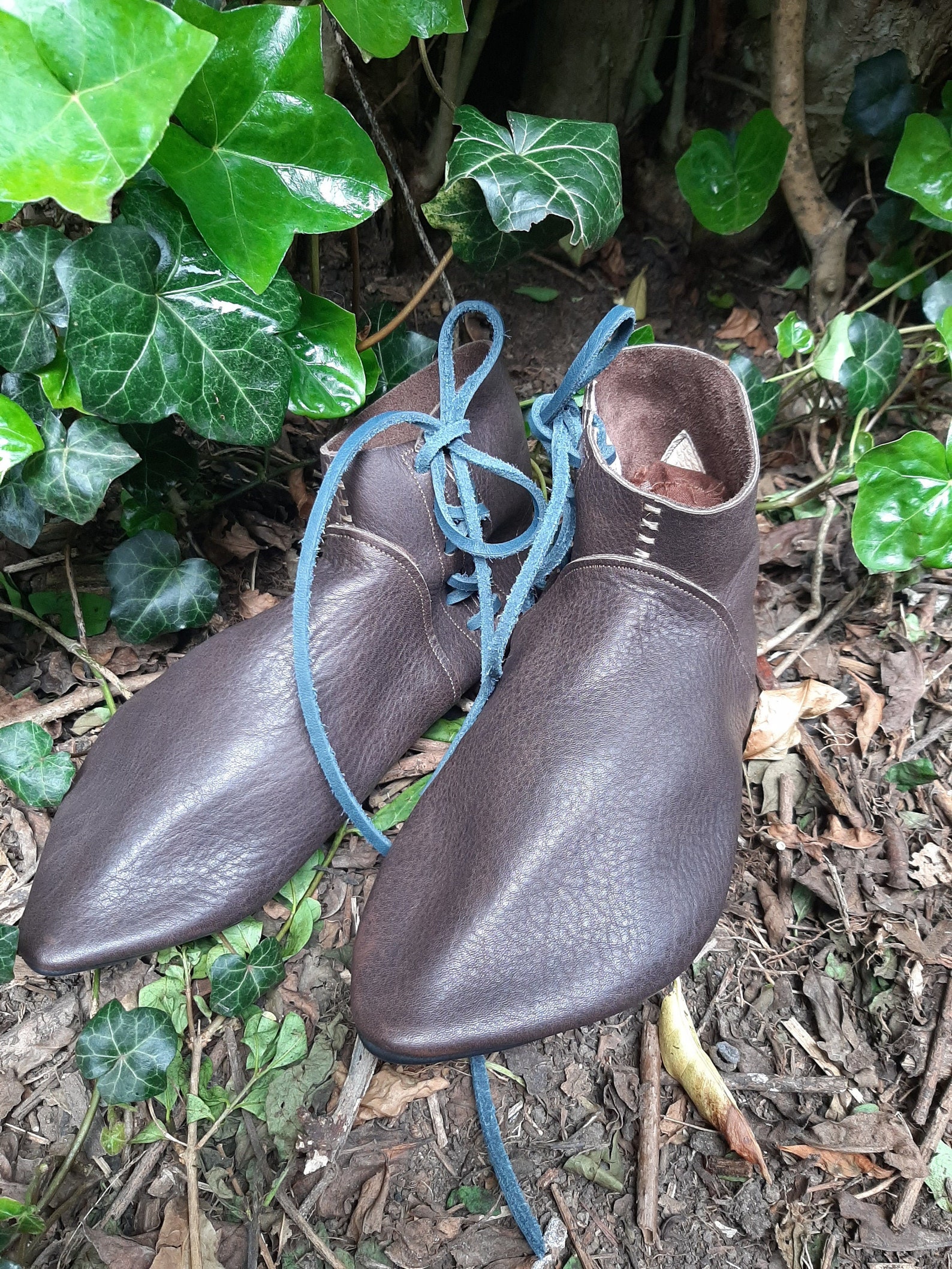
But the knee-high Russian shoes were still much in vogue with women.īoot witnessed a revival in the second half of the twentieth century with the emergence of the youthful counterculture of that period. They returned to more functional use, mostly military, sports, and safety applications. The barrette boot came later and was seen as a sort of shoe because the delicate straps were see-through.īoots began to gradually lose relevance in the fashion scene of the early twentieth century. By 1870, the side springs, high-buttons, and Balmoral shoes dominated fashion. However, it was replaced by front lace balmorals.īoot styles tended to accentuate the curves of the ankle and calf. The elastic side boot became the footwear of choice for women mid-century. The Hessian also continued to trend in the U.S in this period. The cowboy shoes are said to come from Kansas and incorporates design elements from both the Wellington and the Mexican vaqueros. Meanwhile, the Wellington survived in the U.S. The Balmoral or "bals," which was designed for Prince Charles, were the most popular. The two fashionable front lacing styled shoes were the Derby and the Balmoral. The two most popular styles in the midcentury were the elastic side of the Congress and the front lacing boot. This easy-to-wear slip-on style became popular with both men and women. Sparkes Hall presented Queen Victoria with the first shoes to have elastic side gussets. Prominent among the women shoes for that period was the Adelaide, which featured side lacing and a flat heelless ankle boot.Īdvances in technology in the Victorian era peaked in the popularity of shoes. Most modern-day hiking shoes, high-top sneakers, and combat shoes were derived from the blucher.īy the 1790s, shoes for women started becoming markedly feminine with high-heels, tight lacing, and pointed toes.īoots for walking and daywear became popular encouraged by fashion periodicals, and by 1830, boots were a fashion staple. It later became casual sportswear and continued to be popular to this day, although slightly modified. The Blucher was another notable boot in the early nineteenth century and is named for a famous war hero.Īlso known as a "high-low," it was a utility, front-laced ankle boot used by laborers in the eighteenth century. The Wellington is essentially a Hessian that features a curved top cut straight across with a simple binding and was vastly popular for the first quarter of the nineteenth century. It was said to have been developed by the Duke of Wellington in 1817. If you have any questions on lead times and availability, don’t hesitate to contact us.The Wellington boot replaced the Hessian. Medievalware's Selection and Darksword Armoury products are shipped from Canada. Should there be any issue with the shipment, we will always be here to help and make sure the transition goes as smoothly as possible.Įpic Armoury, Mytholon and House of Warfare products are shipped from the USA. We ship with major couriers (such as UPS and FedEx) and we will provide a tracking link. Lead times may be longer for custom, handmade-to-order, out-of-stock (backorders), or limited edition items. Our standard turnaround time varies between 2 and 6 working days for most items and depends on the delivery address. To provide the best prices and fastest turnaround times we ship from multiple locations using different couriers depending on the product(s) ordered and the delivery address. We ship directly from North America through our three partner hubs, based respectively in Indiana (USA), Quebec (Canada), and Ontario (Canada). Euro 43 – US Women’s 12 – US Men’s 10: 7.1 Inches.Euro 42 – US Women’s 11.5 – US Men’s 9: 7 Inches.Euro 41 – US Women’s 10.5 – US Men’s 8: 7 Inches.Euro 40 – US Women’s 9.5 – US Men’s 7: 6.6 Inches.Sizes: Euro 36 – US Women’s 5.5: 6.25 Inches Materials: Martin Boots are synthetic leather The Martin Boots, though designed specifically to work with a variety of historical and fantastical ensembles, are made with modern techniques that produce a shoe more robust (and with a much grippier sole) than traditional, period shoes.

Putting the seam on the outside of the shoe helped with water ingress and meant that the seams were inside and would consequently wear out more slowly. The turn shoe technique remained the most common throughout the period 500AD to 1500AD, and with good reason. A huge range of roleplaying characters – warrior, monk, wizard, rogue, or trader might wear these carefully crafted boots.įootwear from European history has almost as many varieties as there are European nations. Their ankle-height and classic style work perfectly with historical reenactment gear and LARP costumes equally well. These unisex, lace-up, black leather boots are as practical as they are versatile. Practical Wear For A Host Of Characters -The Martin Boot


 0 kommentar(er)
0 kommentar(er)
